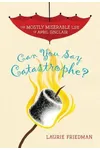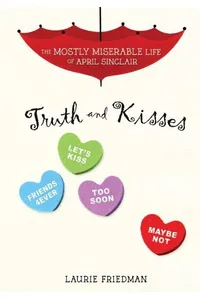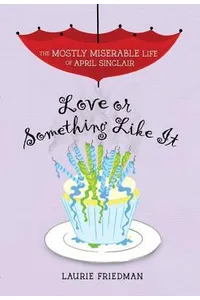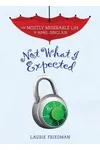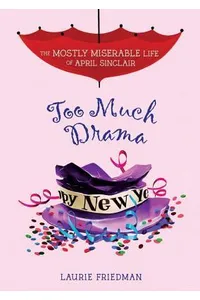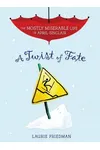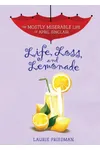Step into the delightfully chaotic world of the Mostly Miserable Life of April Sinclair, where teenage turmoil meets heartfelt humor! This young adult series by Laurie Friedman follows thirteen-year-old April Sinclair as she navigates the rollercoaster of adolescence—think embarrassing family moments, shifting friendships, and the dizzying thrill of first crushes. With its diary-style storytelling and relatable charm, this series captures the messy, magical essence of being a teen.
From 2013 to 2017, April’s misadventures unfold across eight books, each brimming with wit and wisdom. Whether you’re a teen or just young at heart, April’s journey offers a nostalgic ticket to the highs and lows of growing up. Let’s dive into what makes this series a hidden gem in young adult fiction!
How Mostly Miserable Life of April Sinclair Began
Laurie Friedman, a prolific author known for her bestselling Mallory McDonald series, crafted the Mostly Miserable Life of April Sinclair to resonate with older readers transitioning from middle grade to young adult novels. Inspired by the universal struggles of adolescence, Friedman wanted to create a character who felt authentic—a teen who could be both flawed and endearing. April Sinclair was born: a diary-keeping, drama-magnet teen whose voice echoes the angst and aspirations of countless readers.
Published by Darby Creek, the series kicked off in 2013 with Can You Say Catastrophe?, setting the stage for April’s hilarious yet poignant coming-of-age tale. Friedman’s knack for capturing teen dialogue and emotions, honed through her extensive work in children’s literature, gave the series an immediate spark, earning praise from critics and readers alike.
The Heart of Mostly Miserable Life of April Sinclair
The series spans eight books, each chronicling a slice of April’s life as she tackles the chaos of being a teen. In Can You Say Catastrophe?, April dreams of summer camp with friends Billy and Brynn, but a disastrous birthday party and a family RV trip throw her plans into disarray. Too Good to Be True sees April’s eighth-grade optimism unravel when she makes the high school dance team, but her best friend Brynn doesn’t, sparking tension. Love or Something Like It explores April’s budding romance with neighbor Matt Parker, whose hot-and-cold affection leaves her reeling. Finally, Life, Loss, and Lemonade, the series finale, finds a fifteen-year-old April grappling with her grandmother’s death and shifting friendships, wrapping up her journey with bittersweet growth.
Themes of friendship, self-discovery, and resilience weave through the series, set against the backdrop of April’s home and school in Faraway, Alabama. The journal format lends an intimate, confessional tone, making April’s inner thoughts—peppered with humor and heartache—feel like a chat with a best friend. Friedman masterfully balances lighthearted moments, like April’s quirky family antics, with deeper issues, such as coping with loss or navigating romantic confusion, offering readers a mirror to their own teenage struggles.
April’s evolution from a self-absorbed thirteen-year-old to a wiser, more empathetic fifteen-year-old is a highlight, with new characters like quirky Leo and cousin Sophie adding fresh dynamics. The series’ realistic portrayal of middle and high school life, from dance team drama to family vacations, keeps it grounded and relatable, even as April’s life feels ‘mostly miserable.’
Why Mostly Miserable Life of April Sinclair Resonates
The Mostly Miserable Life of April Sinclair strikes a chord with readers through its authentic portrayal of adolescence. Critics, like those at Kirkus Reviews, praise Friedman’s sensitive exploration of emotional upheavals, while School Library Journal notes the journal format’s appeal to reluctant readers. Fans love April’s spunk and flaws, seeing themselves in her missteps and triumphs. The series’ blend of humor and heart makes it a comforting companion for teens facing their own ‘catastrophes.’
Though not as widely known as some YA giants, the series has carved a niche for its relatable storytelling and uplifting messages about embracing life’s imperfections. Its legacy lies in empowering young readers to find silver linings, just as April does, making it a timeless addition to young adult literature.
About Mostly Miserable Life of April Sinclair
- Publication Years: 2013–2017
- Number of Books: 8
- Author: Laurie Friedman
- Genre: Young Adult, Realistic Fiction
- Setting: Faraway, Alabama
Ready to laugh, cringe, and cheer for April Sinclair? Grab Can You Say Catastrophe? and dive into the Mostly Miserable Life of April Sinclair’s heartfelt, hilarious world!
